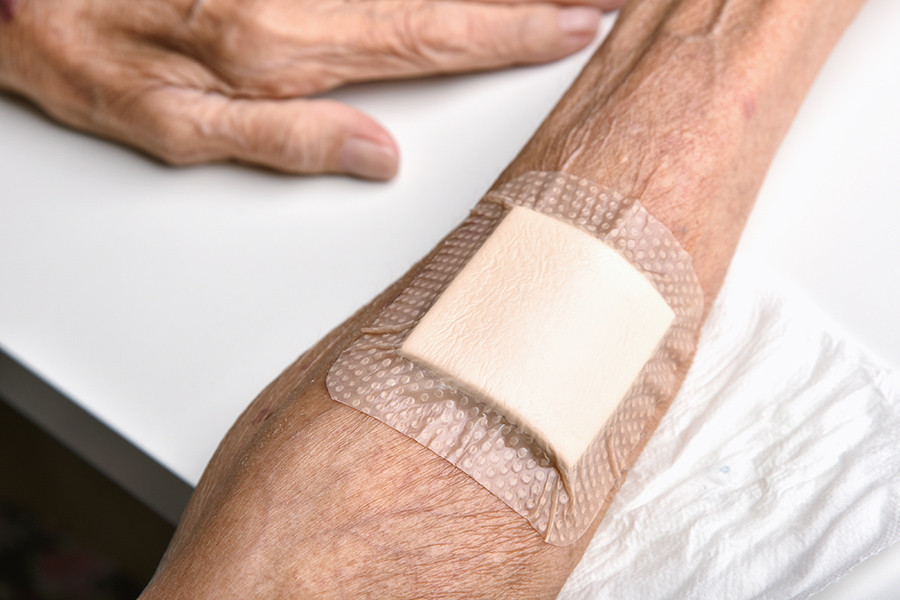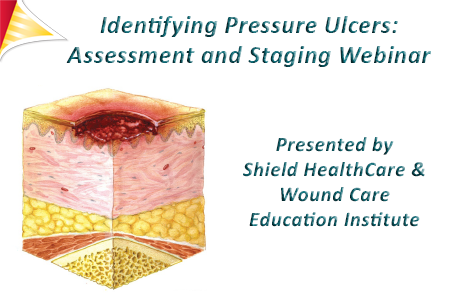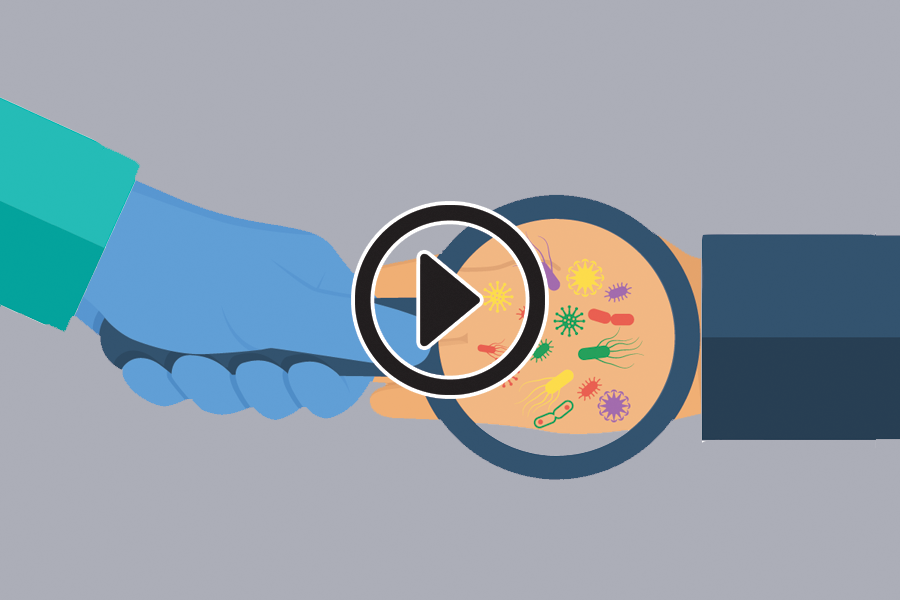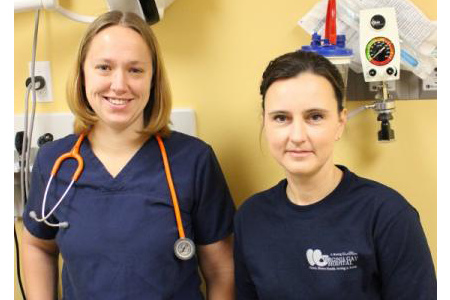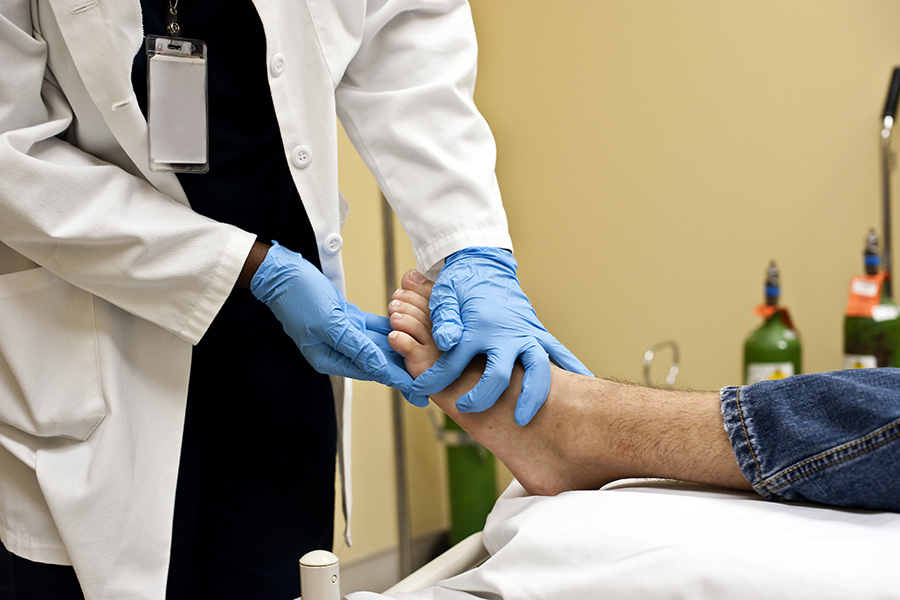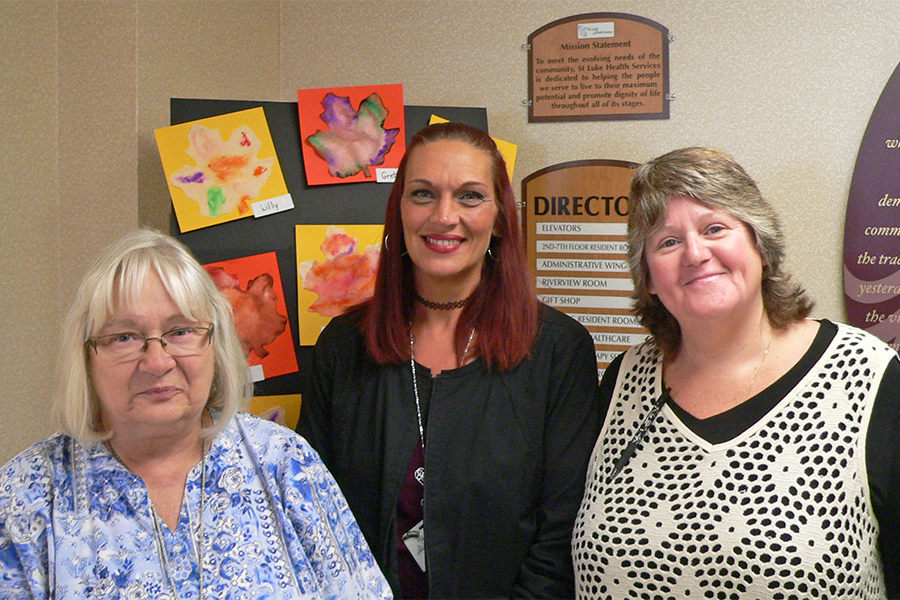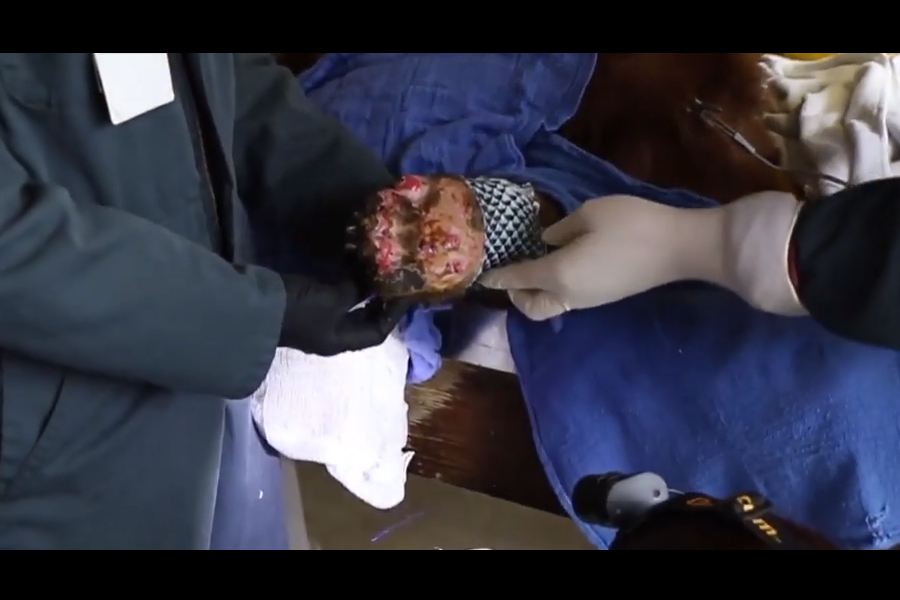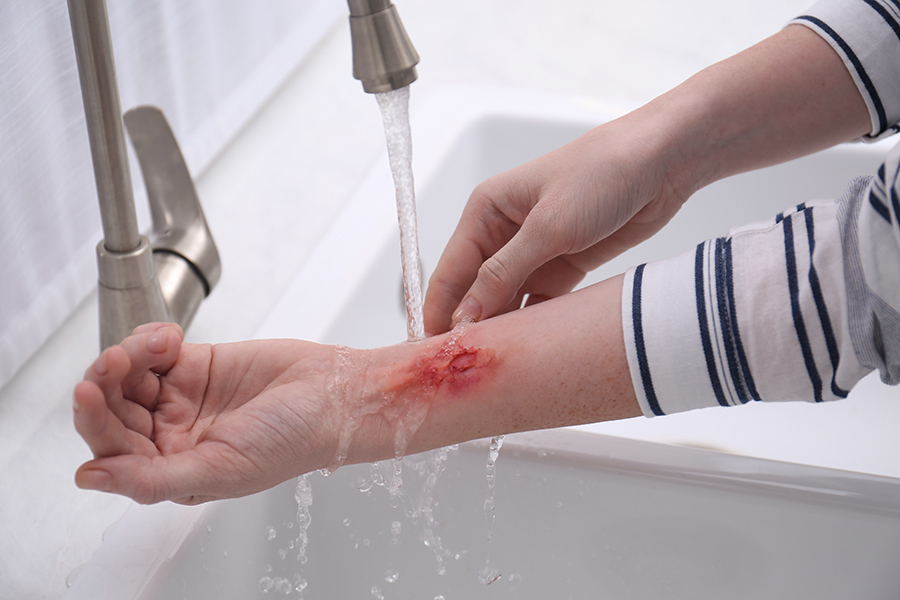By Bianca Nogrady for ABC (Australian Broadcasting Corporation) News
For many of us, wound treatment simply involves washing off the dirt or blood, sticking on a plaster, going about our business and leaving our skin to do the rest.
This is often fine; skin is generally pretty good at fixing itself. But sometimes wounds can linger, stubbornly, for weeks, then months, and even years.
The truth is that while medicine has come a long way in the past few centuries, wound care has been left behind a bit, according to wound expert Allison Cowin, from the University of South Australia.
“We’ve been trying to treat wounds from the beginning of time and there have been many different types of things done to them with maggots and honey,” Professor Cowin said.
This is partly because the process of wound healing remains something of a medical mystery, involving many different cells and bodily processes that science is still trying to understand.
“So we just slap a dressing on it, slap a band-aid on, and really all we’re doing is trying to let the body heal itself,” Professor Cowin said.
When to get help
But often we neglect proper wound care. We leave wounds to fester in the hope they’ll eventually be OK, and we rarely seek medical attention even for a persistent wound.
This is an issue especially for the elderly, with Professor Cowin citing data suggesting as many as one in four people in residential aged care have a chronic, non-healing wound.
One of the big questions about wounds is when to seek medical help. Wound specialist Sue Templeton says there isn’t a hard and fast rule, but suggests that if a wound scares you, get a professional to take a look.
“If you look at that and go, ‘Oh my goodness’, then you should consider seeing a GP at the least,” says Ms Templeton, a nurse practitioner with the Royal District Nursing Service in South Australia.
Read the Full Article at ABC (Australian Broadcasting Corporation) News






